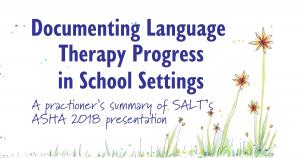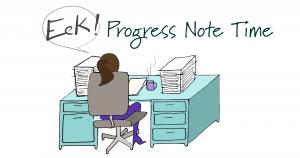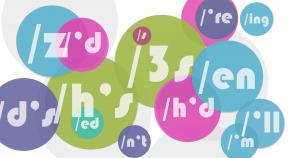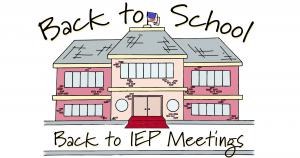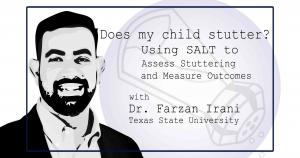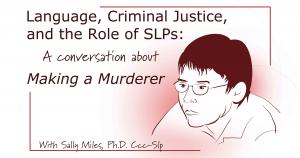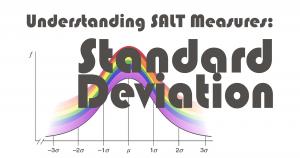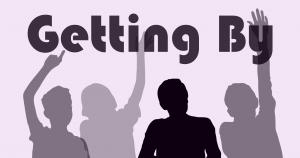-
Documenting Language Therapy Progress in School Settings
Jan 28 20210Last November at ASHA we decided to focus our efforts on documenting progress in our talk, “Documenting Language Therapy Progress in School Settings.” It was exciting (and a bit nerve wracking) to present to a packed room, but we were so grateful for everyone who attended! Judging by the number of SLPs who showed up, it’s fair to say that the demand to demonstrate accountability as a school-bas...
-
Eek! Progress Note Time
Jan 28 2021We just wrapped up the second trimester at school and I finished writing out progress notes for nearly 60 kids on caseload, all of whom have multiple goals on which to report. Every trimester I’m a little daunted by the fact that I have to write progress notes on top of managing therapy sessions, evals and IEPs - it’s another thing to get done. I need to be pretty focused if I’m going to ever g...
-
Why do we mark some bound morphemes and not others?
Jan 28 2021The SALT reference databases use a very specific set of conventions for marking bound morphemes. Our protocols do not represent the only way to mark morphemes but if you want to compare your sample against our databases, it is important for you to use these same conventions. If you aren’t interested in the nuts and bolts, just skip down to the “Summary” section. It’s the most condensed version ...
-
Back to School, Back to IEP Meetings!
Jan 26 2021As school-based SLPs head back to school this fall, we no doubt will be thinking about impending IEPs. All of those before and after school meetings are an essential part of our job. Most IEP meetings go off without a hitch and we walk away feeling confident that we are making a difference in the student’s education. Other IEPs can be more litigious with debates over services,...
-
Does My Child Stutter? Using SALT to assess stuttering and measure outcomes
Mar 10 2020Stuttering is a childhood-onset disorder of speech fluency that has an incidence of ~5% in preschool age children and a prevalence of ~1% in adults (Bloodstein & Ratner, 2008). For most children, stuttering begins between the age of 2-5 years (Guitar, 2019). With the relatively high incidence of stuttering, it is more than likely that a SLP working with pre-school age children will have a f...
-
Language, Criminal Justice, and the role for SLPs: A conversation about "Making a Murderer"
Feb 10 2020This article is based on a telephone conversation between Sally Miles, Ph.D., CCC-SLP and Karen Andriacchi M.S., CCC-SLP. The conversation was a follow-up to the language sample transcription [by SALT Services] and the analysis [by Sally using SALT software] of the Brendan Dassey interrogations made famous by the Netflix documentary, “Making A Murderer”. The first half of the interview (today’s...
-
Understanding SALT Measures: Standard Deviation
Oct 10 2018So there is this odd thing that happens once in a while when you are using SALT: a measure comes back with a seemingly nonsensical standard deviation (SD) value. We’ve seen them come in as low as 21 SDs below the mean. And it’s not a mistake. Why does this happen? Is there anything valuable you can learn from this result? How can you report this result (for example on an IEP report) in a meanin...
-
Getting By: How language sample analysis can reveal the challenges of language in the classroom
Apr 30 2018Another evaluation! Starting an evaluation can be a daunting task. You may have a vague idea of the language deficits of the student being referred; for example, you may have been told that the student offers minimal information during classroom discussions. He or she may be described as “getting by” in the classroom. As part of a comprehensive assessment, particularly where spoken language is ...
- Page Previous
- Page 1
- You're currently reading page 2

